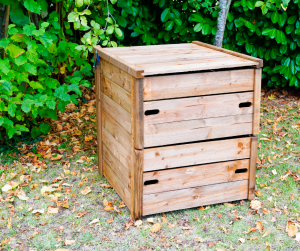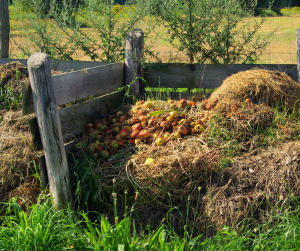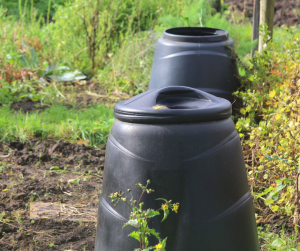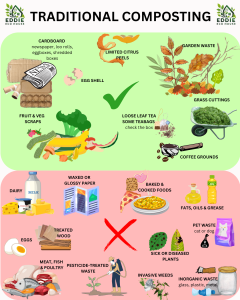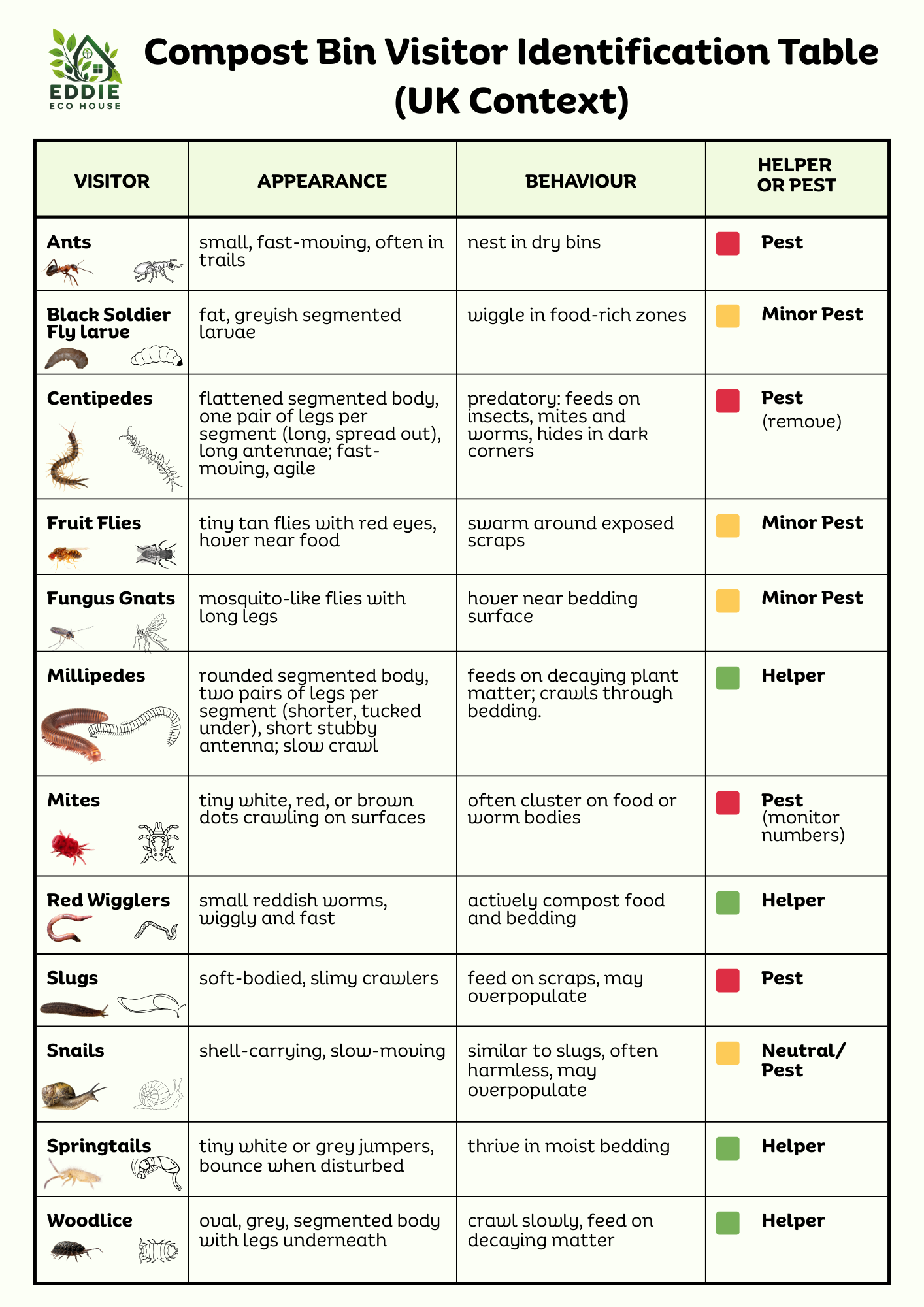Cold (Slow) Composting

D.J.
Environmental Advocate
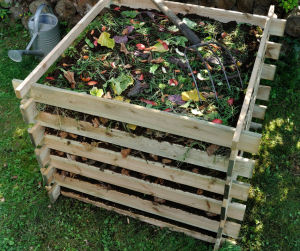
Contents
❄️ Cold Composting- What is it?
Cold composting—also known as slow composting—is the simplest method to get started. It requires minimal effort but plenty of patience. Materials break down gradually over months, making it ideal for gardeners who prefer a low-maintenance approach and aren’t in a rush for finished compost
Whether you build a compost heap or fill a compost bin, this method is the most hands-off of all composting systems. Turning is optional and only needed if you want to speed up the process. Unlike hot composting, there’s no need to carefully balance ingredients—just pile it up and let nature take its course.
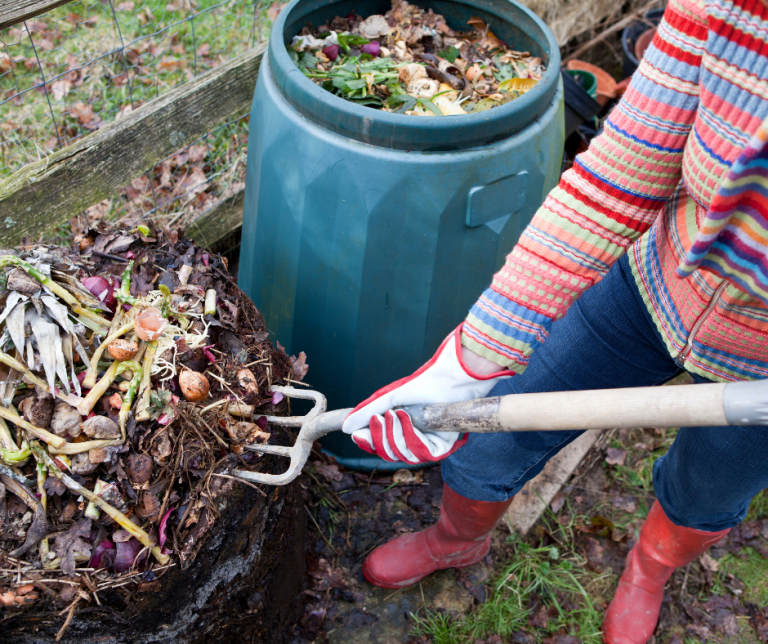
Recommended Suppliers
🛒 Original Organics: Tumbleweed 240L Compost Bin
~£60
Item Details
Features: Flat packed. Easy to assemble, Fitted lid restricts flies from entering, 3 x access doors for easy compost extraction
Dimensions: 78cm Height // 77cm Width
Materials: 100% UV protected recycled plastic
Link: https://tidd.ly/3VKKJW7
🛒 Original Organics: 260L Garden Compost Box
~£35-40
Item Details
Features: Sturdy weatherproof plastic. Twin opening hinged lid and sliding front door panel. Dark colour helps absorb the suns heat while the air slots to help circulate fresh clean air and speed up the process of turning garden and kitchen waste into rich compost.
Dimensions: H: 73cm, W: 60cm, D: 60cm
Capacity: 260 Litres
Link: https://tidd.ly/46OZz34
🛒 Original Organics: 220L Green Compost Bin
~£40
Item Details
Features: Extra-wide hatch for convenient access to finished compost.
Dimensions: Height: 90cm, Diameter: 74cm
Capacity: 220L
Materials: Recycled & Recyclable Plastic
Link: https://tidd.ly/3VKi0Ru
🛒 Original Organics: Rapid Composter 280 L
~£100
Item Details
Colour: Green
Dimensions: Height 89, Width 80, Depth 80 cm
Link: https://tidd.ly/46Omeg0
🌿 Benefits of Cold Composting
- Low maintenance – No turning or temperature monitoring required
- Flexible inputs – Accepts most garden and kitchen waste
- Eco-friendly – Reduces landfill and enriches soil over time
- Beginner-friendly – Great for schools, families, and casual gardeners
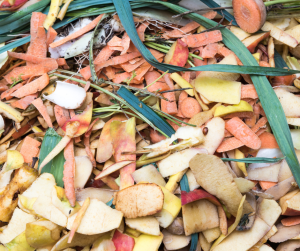
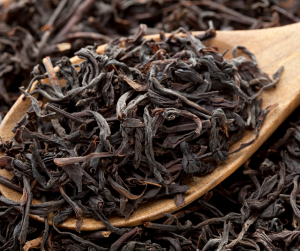
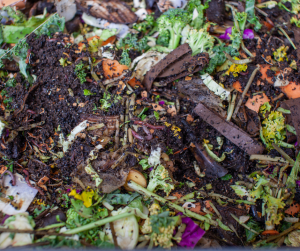
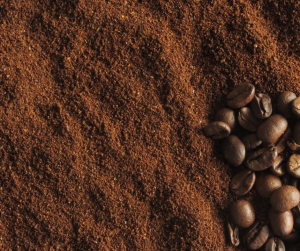
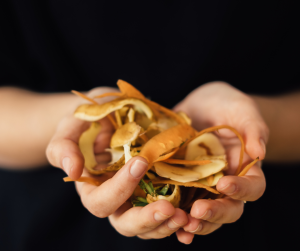
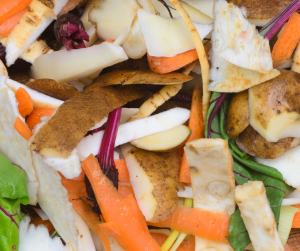
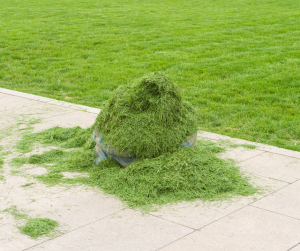
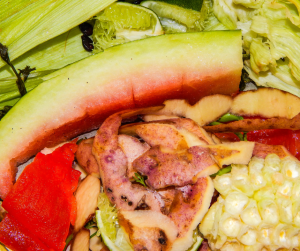
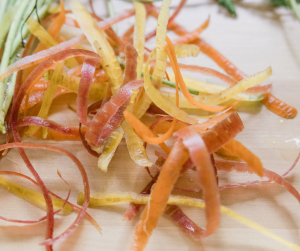
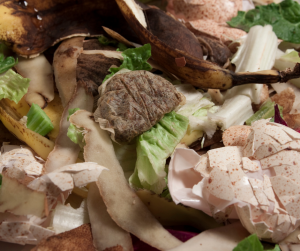
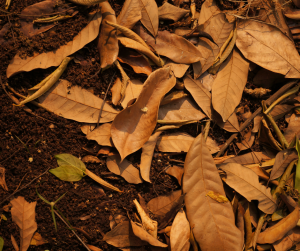
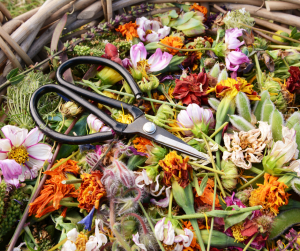
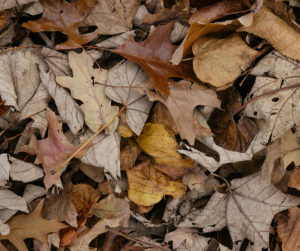
✅ What You Can Add to Cold Composting
- Fruit and vegetable scraps (raw, uncooked)
- Garden waste (leaves, grass clippings, prunings)
- Coffee grounds and tea bags (check for plastic in bags)
- Crushed eggshells
- Cardboard and paper (shredded, plain, non-glossy)
- Plant trimmings and weeds (non-invasive, seed-free)
🚫 What You Shouldn’t Add to Cold Composting
- Cooked foods (attract pests, slow to break down)
- Baked goods (bread, pastries—same issues as cooked food)
- Dairy products (smell, pests, slow decomposition)
- Processed foods (contain oils, additives, preservatives)
- Meat, fish, bones (not suitable for cold composting)
- Pet waste or litter (risk of pathogens)
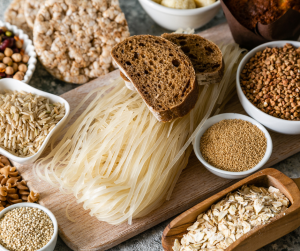
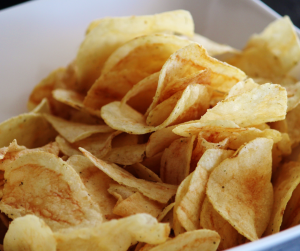
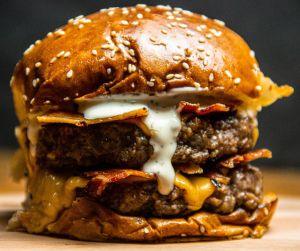
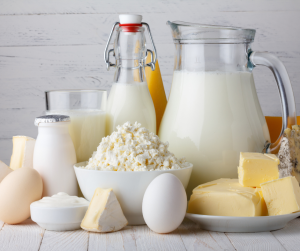
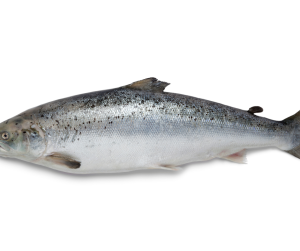
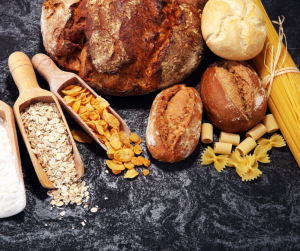
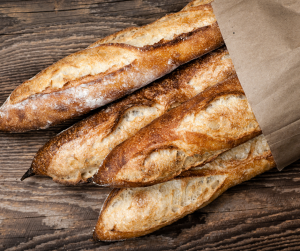
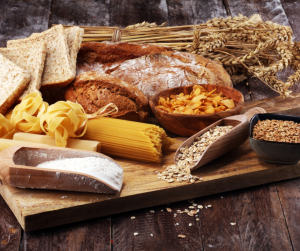
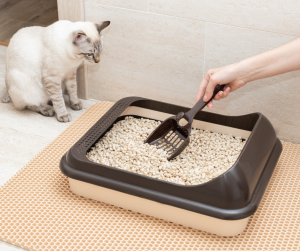
🧩 Common Composting Concerns
When it comes to composting, the most common concerns people raise are unpleasant odours and unwanted pests. Here, we’ve explored both issues in detail—what causes them, and how to fix them with simple, practical steps.
👃 Odours in Compost
Sour or rotten smells signal imbalance—usually too much moisture or nitrogen-rich “greens” without enough airflow.
🔍 Common Causes
- Excess food scraps or grass clippings
- Poor aeration or compacted pile
- Overly wet conditions

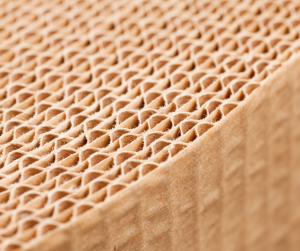

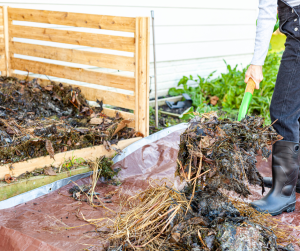
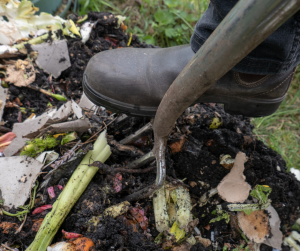
✅ Quick Fixes
- 🍂 Add dry browns like cardboard or paper to absorb moisture
- 🔁 Turn the pile to introduce oxygen
- 🥗 Avoid overloading with fresh greens
- 💧 Check moisture—compost should feel like a wrung-out sponge
🐭 Pests in Compost
Unwanted visitors like flies, maggots, or rodents are usually drawn to exposed food scraps or inappropriate materials.
🔍 Common Causes
- Uncovered fruit, bread, or cooked food
- Inclusion of meat, dairy, or oily items
- Lack of browns to cover fresh waste
- Open bins or poor sealing
Common Compost Visitors
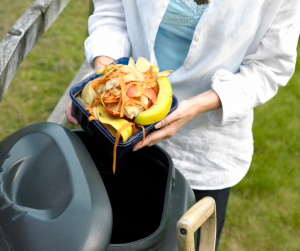
✅ Quick Fixes
- Bury food scraps under dry browns (e.g. shredded cardboard, leaves)
- Avoid animal products and oily leftovers
- Use a sealed bin or lid to deter rodents
- Add citrus peel or mint to discourage flies (optional

